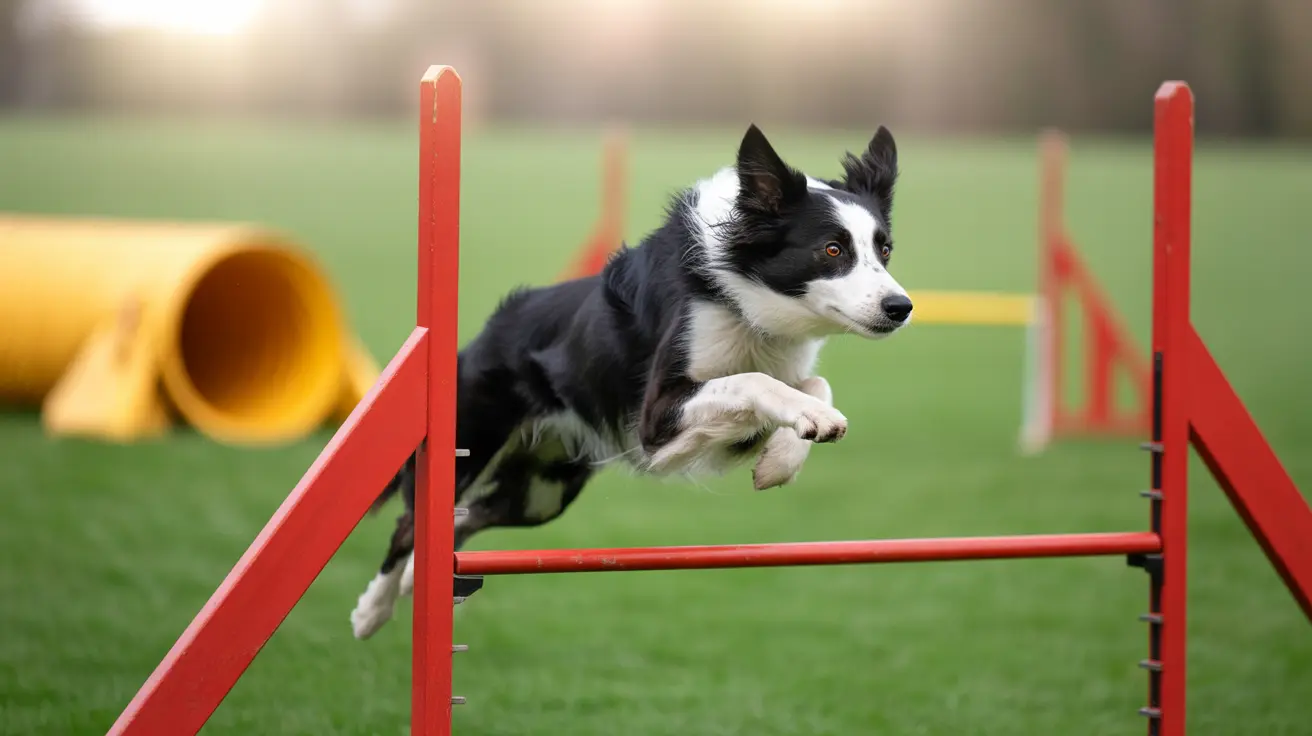Understanding Happy Tail Syndrome in Dogs: Symptoms, Treatment, and Prevention
Dogs express their emotions through body language, and a wagging tail is often a sign of a happy, excited pup. However, for some dogs, this seemingly joyful behavior can lead to an injurious condition known as happy tail syndrome. This condition primarily affects large, high-energy breeds with long, slender tails and occurs when a dog repeatedly strikes the tip of its tail against hard surfaces, causing trauma, bleeding, and in some cases, serious infection.
What Is Happy Tail Syndrome?
Happy tail syndrome is a repetitive impact injury to the tip of a dog’s tail. It typically results from vigorous wagging in confined spaces or around hard furniture. The constant banging causes the skin to crack or the tissue to become injured, leading to bleeding and open sores.
Which Breeds Are Most at Risk?
- Labrador Retrievers
- Great Danes
- Greyhounds
- Vizslas
- Pit Bulls
- German Shepherds
- Other working breeds with thin or muscular tails
However, it's important to note that any dog breed with an energetic nature and long tail could potentially suffer from this condition.
Signs and Symptoms
Recognizing the signs early is key to preventing complications. Common symptoms include:
- Bleeding or raw wounds on the tail tip
- Blood splatters on walls, floors, or furniture
- Hair loss or swelling at the tip of the tail
- Excessive licking, biting, or shaking of the tail
- Development of open sores or infection
- Changes in behavior due to discomfort
Some dogs may continue acting normally despite these symptoms, while others may appear restless or agonized due to persistent pain.
Causes of Happy Tail Syndrome
This condition often arises when dogs are:
- Kept in tight or confined spaces where their tail frequently hits walls or bars
- Excited or overstimulated in environments with hard furniture or limited room to move
- Welcomed home enthusiastically after boarding or a long day apart
Diagnosing Happy Tail
A veterinarian typically diagnoses happy tail based on visible symptoms, breed predisposition, and behavioral history. In cases of recurring or severe bleeding, blood tests may be performed to rule out underlying issues like clotting disorders or anemia.
Treatment Options
Treating happy tail syndrome can be tricky due to the difficult location and the dog’s natural tendency to wag. Initial steps may involve:
- Cleaning the wound gently with saline, a mild soap, or antiseptic
- Applying a non-stick bandage and securing it with medical tape (careful not to impair circulation)
- Restricting activity and minimizing tail movement using crates or calm environments
- Administering pain relief, anti-inflammatory drugs, or antibiotics, as prescribed by the vet
- Using sedatives if necessary to help limit tail motion during healing
Persistent or unmanageable cases may require veterinary intervention, including:
Surgical Tail Amputation
If the injury doesn’t heal or keeps recurring, amputation of part of the tail may be the humane choice. While the idea may seem drastic, dogs usually adapt quickly and live pain-free lives post-surgery. Healing time is typically similar to other soft tissue procedures.
How to Prevent Happy Tail Syndrome
Preventive measures are especially important for dogs at higher risk:
- Padding hard surfaces where the dog commonly rests or plays
- Using tail protectors, either commercially available or homemade
- Training to reduce excessive excitement or high-arousal situations
- Rearranging furniture or providing more space for the dog to move safely
When to See a Veterinarian
Owners should consult a vet if:
- The bleeding doesn’t stop or resumes frequently
- Signs of infection such as redness, discharge, or swelling appear
- The injury fails to heal within 1–2 weeks
Severe or recurring cases warrant comprehensive medical or surgical approaches to avoid prolonged discomfort.
Final Thoughts
While happy tail syndrome can be frustrating and painful for both the dog and the owner, it is manageable with prompt care and preventive strategies. Tail wagging is natural, but when exuberant behavior leads to injury, owners must take steps to safeguard their furry friend’s well-being. In cases requiring tail amputation, rest assured that dogs typically recover well and return to their happy selves—minus the injury risk.





